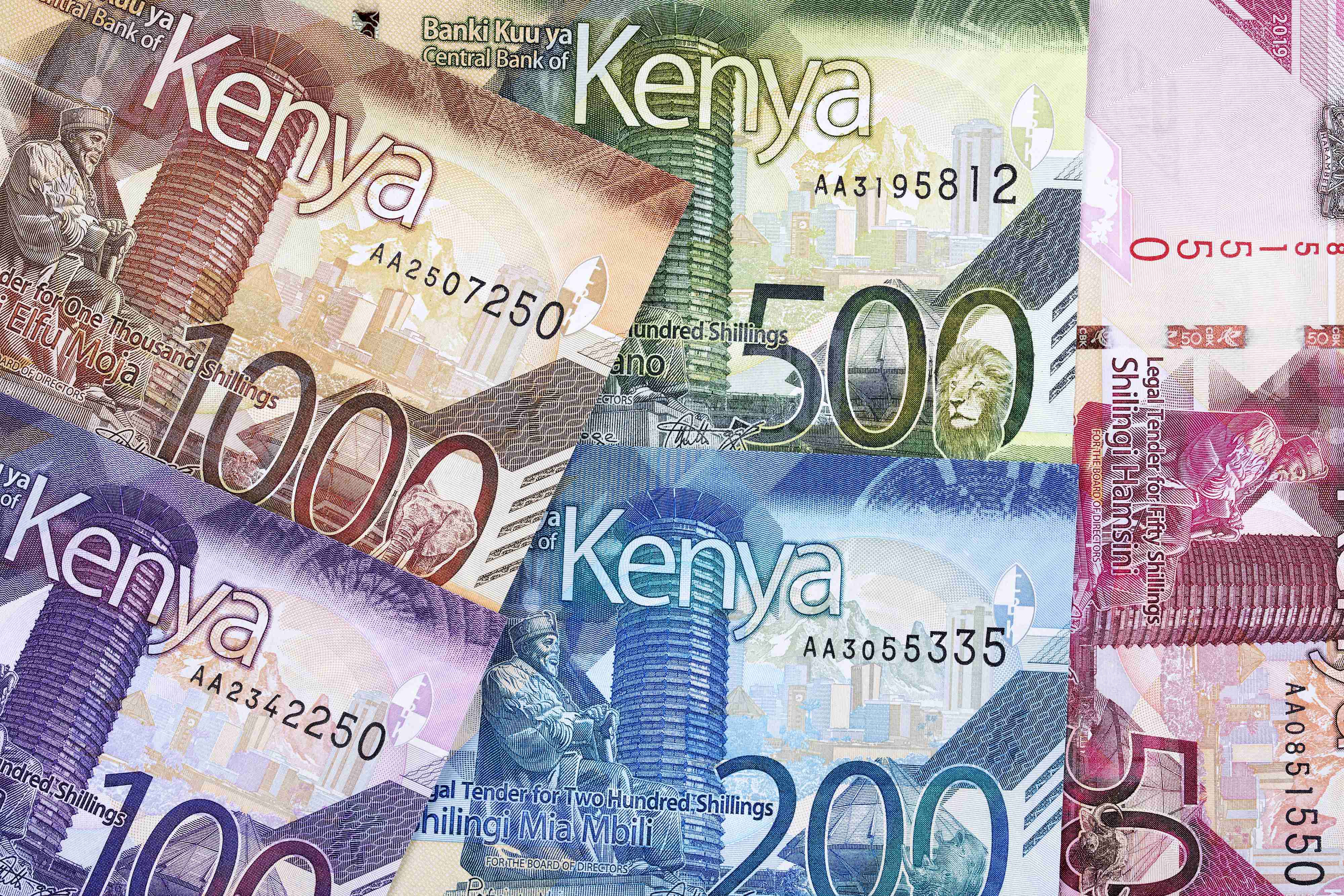Kenya Shilling Strengthens on Impending IMF Disbursements

The Kenya Shilling has gained ground against the US Dollar over the past few days. This is as forex markets react to sentiments concerning an impending disbursement, in tranches, of the $2.34 Billion aid package from the International Monetary Fund(IMF) to Kenya’s coffers.
For instance, on Friday, April 9th, 2021, the Central Bank of Kenya(CBK) was quoting the local unit at a mean rate of KSh 107.9706 against the US $. The Kenya Shilling was buying at 107.8706 and selling at 108.0706 against the US$ when markets opened.
This is compared to a mean rate of KSh 108. 2412 against the US$ on 7th April 2021 and KSh 109.5118 on 31st March 2021 before the IMF disclosed its deal with Kenya.
“Backing of IMF and news of the impending disbursement of the first batch of funds would have led to this strengthening of the Shilling. All the reasons for this gain is purely technical. Fundamentally, there is nothing to support the Shiling’s growing strength against the US dollar,” said Reginald Kadzutu, Acting CEO, Amana Capital.
Kenya Shilling Mean Rates against US$
Weekly data from the CBK shows that the Kenya Shilling was exchanging at KSh 109.81 per US $ on March 25, 2021, Ksh 109.80 on March 18, and KSh 109.65 per US$ on March 11, compared to KSh 109.69 per US $ on March 4.
The Kenya Shilling hit KSh 110.19 against the US$ on January 21st, 2021, the lowest level so far this year.
Historical data shows that the Kenyan Shilling reached an all-time high of 111.68 in December of 2020.
According to Trading Economics, a US-based online platform that provides historical data and economic forecasts, the local unit is forecast to exchange at 108.16 against the US$ by the end of Q1 of this year and 108.94 in 12 months.
Habil Olaka, Chief Executive Officer, Kenya Bankers Association(KBA), said the fundamental principle is that the Shilling is free floating and thus its value fluctuates on the basis of the market trades i.e. supply-demand dynamics.
” The Shilling’s movements up and down are largely expected based on the current trades being done. What would be of interest is if the movement is persistent i.e. of permanent nature, which means that the value is correcting itself to a new equilibrium,” said Olaka in an online interview with Kenyan WallStreet.
He said a new equilibrium for the Kenya Shilling implies that the market has internalized a permanent shift in the dollar inflows and or outflows.

